UAL Level 3 Diploma and Extended Diploma in Creative Practice: Art, Design and Communication – Graphic Design
This is the Graphic Design pathway of the UAL Level 3 Diploma and Extended Diploma in Creative Practice: Art, Design and Communication.
Students can choose to study one of four specialist pathways: Fine Art, Graphic Design, Photography or Fashion and Textiles.
Course Information
- Course Type School Leaver
- Subject Area Art and Design
- Qualification UAL Diploma/Extended Diploma
- Study Mode: Full Time
- Course Level Level 3
- Course Length 2 years
- Overview
-
The craft of graphic design is the ability to visually communicate an idea to a defined group of people. This pathway is designed for students who want to deepen their knowledge and skills in graphic design, illustration and visual communication. The qualification typically focuses on both theoretical and practical aspects, preparing students for careers in the creative industry or further and higher education.
This course is ideal for students who wish to study Art and Design predominantly and who are committed to a career within this field. It is equivalent to three A Levels and is universally recognised as an entry qualification for degree level study. Your work will be assessed at the end of each year. You will take part in a final exhibition to celebrate your work.
This is the Graphic Design pathway of the UAL Level 3 Diploma and Extended Diploma in Creative Practice: Art, Design and Communication. Students can choose to study one of four specialist pathways: Fine Art or Photography or Fashion and Textiles or this course Graphic Design.
Most of the work is practical and studio/workshop based. There will be whole class discussions and lectures on the more theoretical aspects of the course. Your lecturers will work closely with you and you will be encouraged, as the course progresses, to develop your own interests. Your work will be assessed at the end of each year. You take part in a final exhibition to celebrate your work.
What topics will I study?
You will:- Learn about various art and design practices alongside other students on different Extended Diploma programmes.
- Be taught a range of traditional techniques and digital processes
- Enjoy a balance of a practical/studio work alongside developing an understanding of design theories and commercial practices
- Visit galleries, including an optional residential visit abroad to locations such as Florence, Venice or Berlin
- Define your individual style and build up a strong portfolio of work.
Key Features of the Program:
- Curriculum Topics:
- The Creative Process: learning and documenting the journey of an idea from concept to research to initial ideas, experimentation, back to research and on to the refinement of the idea through to the finished artwork.
- Graphic Design Principles: Understanding idea development, design thinking, colour theory, typography, layout, composition and communication skills.
- Illustration Principles – Hand rendered and Digital: Techniques and tools for creating illustrations by developing hand rendered and digital skills will be explored as the craft of visual narrative is introduced. Hand rendered techniques will include life drawing, figure drawing, observational drawing, caricature, print making and collage. Industry standard software tools such as Adobe InDesign, Illustrator and Photoshop are introduced from the start. This will include an introduction to animation.
- Branding and Identity: Designing logos and brand elements, understanding market trends, and target audiences. This will include an introduction to packaging and product design.
- Editorial Design: Communicating a message with image and type through page layout. A specialised area within graphic design that focuses on creating visually appealing layouts for printed and digital publications, such as magazines, newspapers, books, and online articles.
- Print Making and Print Production Processes: Knowledge about various printing techniques, processes and materials both hand made and digital.
- Web/digital Design Basics: Introduction to web layout design, user experience (UX), and usability considerations.
- Written Content: how to utilise tools available to find and enrich your own written voice and that of your defined audience. An increasingly key element in all design marketing.
- Futures: to make students aware of constantly changing technology and how it affects them and the design industry.
- Skill Development:
- Creative Problem Solving: Encouraging the development of innovative ideas and solutions for design challenges.
- Self-Directed work: developing the discipline, skills and satisfaction of independent research and idea development.
- Introduction to alternative Creative Practice skills: Opportunity to complete short projects set by the Photography, Fine Art, Fashion and Textiles pathways.
- Project Management: Learning to manage time, resources, and collaborative projects effectively.
- Technical Skills: Gaining an understanding of industry-standard software and tools.
- Presentation Skills: training in verbal and digital presentation skills by using industry standard techniques and software.
- Practical Experience:
- Portfolio Development: Creating a comprehensive portfolio that showcases a range of projects and skills.
- Real-world Projects: Opportunities to work on live briefs or collaborate with local businesses and organisations.
- Assessment Methods:
- Continuous assessment through project work, presentations, and practical demonstrations.
- Final major projects that allow students to showcase their knowledge and creativity.
- Career Pathways:
- Graduates can pursue careers as graphic designers, illustrators, brand strategists, and in various roles within the creative industries.
- Alternatively, students may choose to continue their education with higher-level qualifications in graphic design, fine arts, or related fields.
This pathway provides a comprehensive foundation for aspiring designers, merging creativity with hand rendered and digital technical skills to prepare students for the dynamic world of graphic design and illustration.
Future Steps: You could progress to specialist courses at Exeter College, including a Foundation Diploma in Art and Design. Alternatively, a university degree in your chosen area of interest or pursue a career path in graphics. Future job roles might include web designer, advertising creative, art director, typographer, app designer, infographics designer, architectural visualiser or copywriter.
- Entry Requirements
-
This diploma is suited for creatively driven individuals with curiosity, an eye for detail and an interest in growing a passion for visual arts by expressing their ideas through graphic design and illustration.
You will need five GCSEs (or equivalent) at grade 4 or above (including English Language and Maths) and three GCSEs at grade 3 or above. You should have Art GCSE (or a related subject such as DT) at grade 6 or above and an interest in, and commitment to, art and design. If you need to continue with either Maths or English GCSE to achieve a grade 4 you can study one of these alongside this course.
A portfolio of relevant work is required should you be called for interview.
After a successful interview there will be a graphic design and hand rendered illustration task set to be submitted at enrolment.
- Facilities
-
You will have access to all the College facilities, including a student restaurant, full media suite, gym and fully equipped Learning Resource Centre (LRC).
The CCI building boasts a range of specialist learning environments which accommodate equipment and technical support for working with a wide variety of materials. This includes wood, metal and ceramics. As well as this there will be access to an onsite shop for basic materials and computer suites equipped with the latest Adobe Creative Suite software.
The Art and Design Faculty has numerous art studios, a print workshop, a ceramics workshop, a 3D workshop, photographic darkrooms, fashion and textile workspace, IT rooms with industry standard software eg: Photoshop, Flash, Motion, Stop Motion Pro and Final Cut Pro software on PCs and Macs.
- Additional Costs
-
Some essential materials will be provided by the college. There is a materials and equipment fee of £80.00 to be paid at enrolment at the start of your course. You are likely to spend at least £80.00 per term on other additional materials and equipment. You will be invited to take part in study visits to exhibitions; a typical day visit to London costs £25.00-£35.00. There may be the opportunity to participate in a residential visit abroad.
-
Have a question?
If you have questions or would like to speak to someone, our team of Customer Service Advisers can help answer your questions or direct your enquiry to the correct team.
Speak to us today on 01392 400500 or send us a message using our contact form: www.exe-coll.ac.uk/contact. -
Ready to find out more?
Why not come along to one of our open events, a chance to explore our facilities, ask questions about our courses and find out more about being a student at Exeter College. Visit our open events page to find out more today.
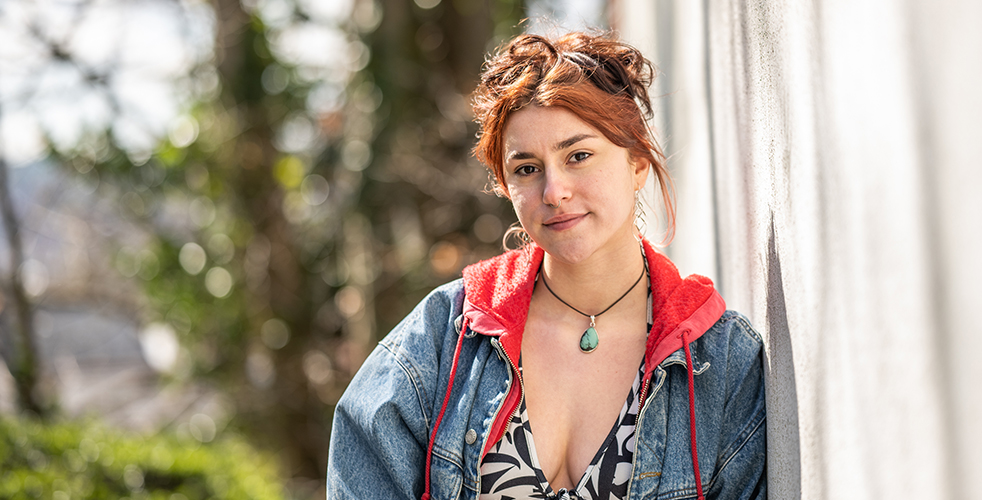
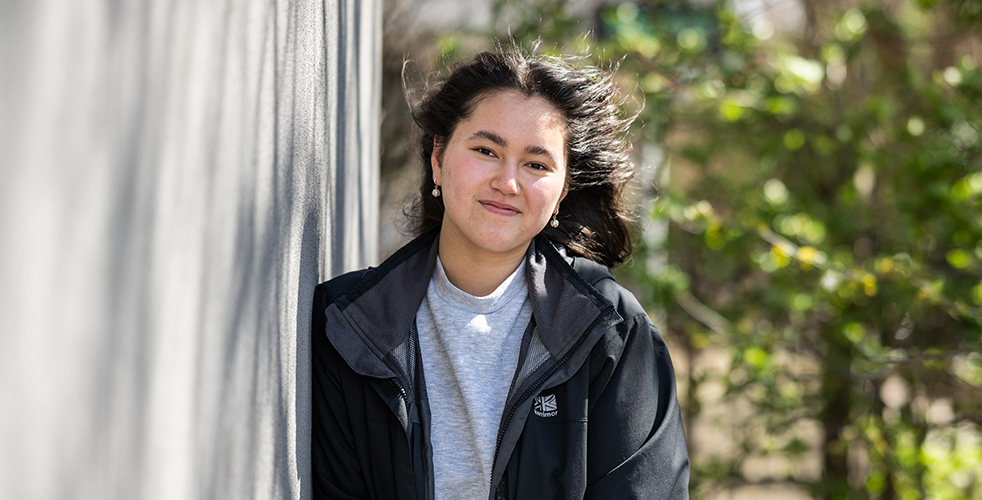
What our students think?
“I have enjoyed using all the great facilities at Exeter College – being able to access the studios and dark rooms is excellent. Studying Photography full time has opened my eyes to all the different aspects of the subject and the opportunities to take it further.” Summer, studied Creative Practice: Art, Design and Communication (Photography)... Read more >
“I really enjoy College life. Learning and being able to spend time with people your own age, who also love the subjects that you do, is great. I would like to go to university to study Architecture.” Read more >
You may also like View all Level 3 Courses View all Art and Design Courses
-
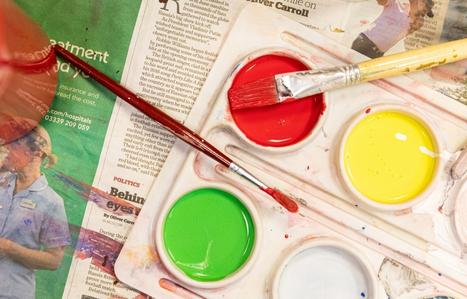
Art and Design
- Level: Level 1
- Duration: 1 year
-
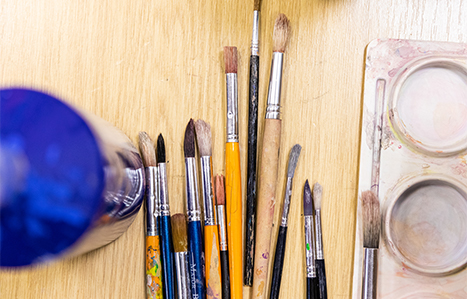
Art – Extend Option
- Level: Level 3
-
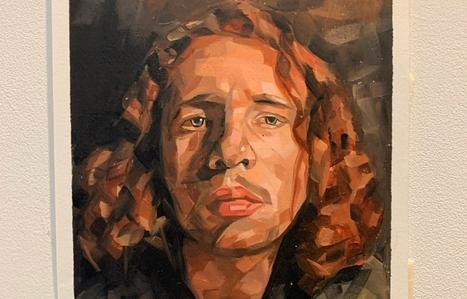
UAL Level 3 and 4 Foundation Diploma in Art and Design
- Level: Level 3+
- Duration: 1 year
